How Moisture Levels Affect Timber Strength: The Science Behind Wood’s Hidden Weakness
Introduction
Timber is one of the oldest and most trusted building materials on Earth—used in everything from ancient temples to modern eco-homes. But despite its natural strength, resilience, and aesthetic appeal, timber is not immune to environmental factors. Chief among them is moisture.
Understanding how moisture content (MC) impacts timber strength is critical for architects, builders, engineers, and even DIY enthusiasts. From framing a house to designing a hardwood floor, moisture determines how timber performs structurally, reacts over time, and ultimately, whether it lasts or fails.
This comprehensive guide dives deep into the science and practical implications of moisture content in timber. We’ll cover:

- How moisture physically alters wood’s structure
- Why moisture control is essential for load-bearing timber
- Differences between green and seasoned wood
- Moisture guidelines for different climates and construction purposes
Armed with this knowledge, you’ll be better equipped to choose, store, and use timber for durable, high-performance projects—regardless of location or climate.
1. What Is Moisture Content in Timber?
Moisture content refers to the percentage of water in a piece of wood, compared to its dry weight.
Formula:
Moisture Content (MC)=(Wet Weight−Dry Weight)Dry Weight×100\text{Moisture Content (MC)} = \frac{(\text{Wet Weight} – \text{Dry Weight})}{\text{Dry Weight}} \times 100Moisture Content (MC)=Dry Weight(Wet Weight−Dry Weight)×100
Wood absorbs and loses water depending on its environment. It does this in two forms:
- Free Water: Found in cell cavities
- Bound Water: Located in the cell walls
The Fiber Saturation Point (FSP)—usually around 28–30%—is the threshold where all free water is gone, but bound water remains. Below this point, timber properties start to change significantly.
2. Moisture Content’s Effect on Timber Strength
2.1 Below the Fiber Saturation Point: Major Changes Occur
Once timber drops below ~28% moisture content:
- Shrinkage begins
- Cell walls contract
- Strength increases
Why? Because the wood’s internal structure tightens as it dries, making it stiffer, harder, and more resistant to compression and bending.
2.2 Above the FSP: Biodegradation Risk Increases
When MC stays above 30%:

- Timber becomes more susceptible to fungal decay
- Strength remains low
- Long-term durability is compromised
2.3 Strength Properties Affected
| Property | Effect of Lower Moisture Content |
|---|---|
| Bending Strength (MOR) | Increases |
| Stiffness (MOE) | Increases |
| Compressive Strength | Increases |
| Shear Strength | Increases |
| Tensile Strength | Increases |
| Nail/Screw Holding Power | Improves |
📘 Research Insight: According to the U.S. Forest Products Laboratory’s Wood Handbook (Chapter 4), every 1% reduction in MC below FSP increases strength by approximately 1–2%, depending on species and grain direction.
Source: USDA FPL Handbook, 2010
3. Green Timber vs. Dry Timber
Green Timber:
- Recently cut
- High MC (30–200%)
- Weaker mechanical properties
- Heavier and prone to warping
Dry Timber:
- Seasoned via air-drying or kiln
- MC between 6–20%, depending on purpose
- Stronger, more stable
Comparative Snapshot:
| Feature | Green Timber | Dry Timber |
|---|---|---|
| Strength | Weak | Strong |
| Weight | Heavy | Light |
| Fastener Grip | Poor | Good |
| Risk of Warping | High | Low (if properly dried) |
| Usability | Limited (temporary use) | Ideal for construction |
4. Shrinkage, Warping & Moisture Movement
How Moisture Loss Causes Problems
When timber dries unevenly, internal stresses form, leading to:
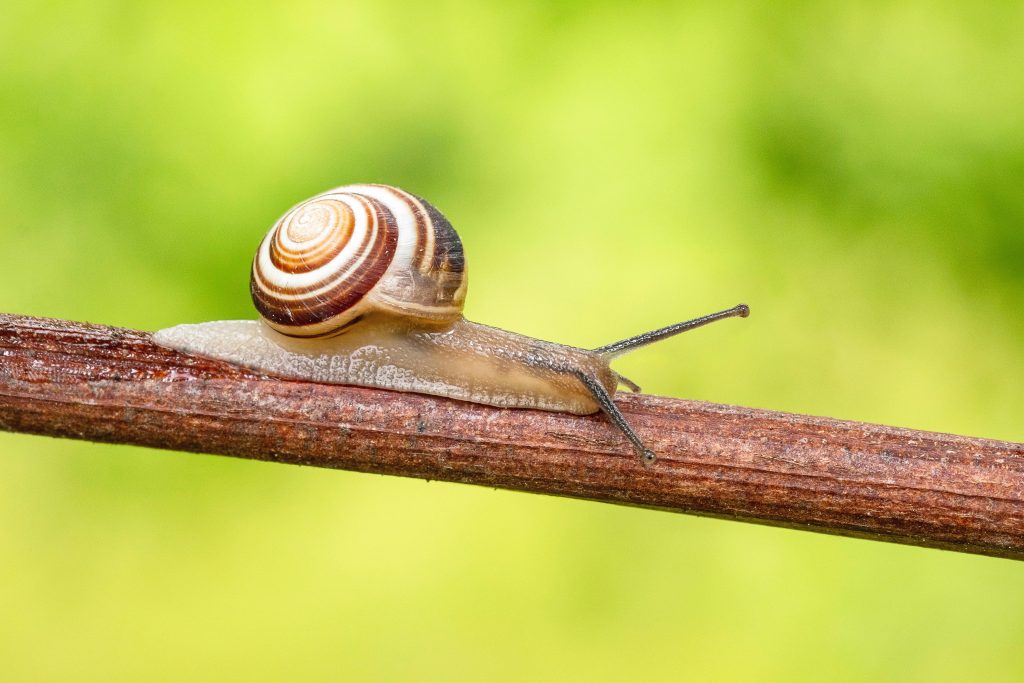
- Cupping: Edges curl upward or downward
- Twisting: Board spirals along its length
- Checking: Surface splits along the grain
- Splitting: Cracks due to shrinkage around fasteners
These deformations weaken structural joints and affect load distribution.
📌 Example:
A green timber joist used in roof framing may shrink and pull away from its fasteners over time, causing instability in roofing alignment or drywall cracks.
5. Impact on Load-Bearing Applications
Timber is commonly used for:
- Structural frames
- Flooring joists
- Roofing trusses
- Beams and lintels
In all these cases, using high-MC wood can:
- Lead to premature failure
- Reduce load-bearing capacity
- Create safety hazards
🧱 Real-world Case:
A 2022 study by the University of British Columbia found that high-MC framing timber used in wet climates exhibited a 20–30% drop in compressive strength compared to kiln-dried counterparts under identical loading.
[Source: UBC Civil Engineering Dept.]
6. Environmental Factors & Timber Behavior
6.1 Equilibrium Moisture Content (EMC)
Timber will always try to match its moisture level to its surrounding environment—known as EMC.
| Climate Type | Typical EMC (%) |
|---|---|
| Humid Coastal | 14–19% |
| Temperate Inland | 9–14% |
| Arid | 6–9% |
Timber that hasn’t acclimatized to the local EMC will gain or lose moisture, potentially shrinking or swelling after installation.
6.2 Seasonal Swelling & Shrinkage

- Summer (humid): Timber swells
- Winter (dry): Timber shrinks
This seasonal movement impacts floors, joints, and cabinetry fit.
7. Best Practices for Managing Moisture in Timber
7.1 Moisture Meters: A Must-Have Tool
- Pin-Type Meters: Measure resistance between two probes
- Pinless Meters: Use electromagnetic signals
📌 Aim for:
- 6–9% MC for interior furniture
- 9–14% for indoor structural use
- 12–19% for outdoor use
7.2 Proper Drying Methods
- Air Drying: Cheap but slow (3–18 months)
- Kiln Drying: Faster, uniform, reliable MC
- Dehumidification Drying: Ideal in humid climates
7.3 Site Acclimatization
Let timber sit on-site for at least 7–14 days to adjust to ambient moisture. Stack with spacers and cover loosely to allow airflow.
7.4 Protective Treatments
- Sealants, Oils, and Stains: Slow moisture exchange
- Pressure-Treated Wood: For exterior and ground-contact use
- End-Grain Sealing: Prevents rapid moisture loss at vulnerable points
8. Species Variability: Not All Timber Reacts the Same
| Timber Species | Stability | Response to Moisture | Use Case |
|---|---|---|---|
| Douglas Fir | High | Minimal swelling | Framing |
| Oak | Medium | Moderate shrinkage | Flooring |
| Teak | Very High | Resistant to moisture | Outdoor |
| Pine | Low | Swells and shrinks | General |
Always match the species to the environment and moisture conditions of your build.
9. Engineered Wood: A Moisture-Resistant Alternative?
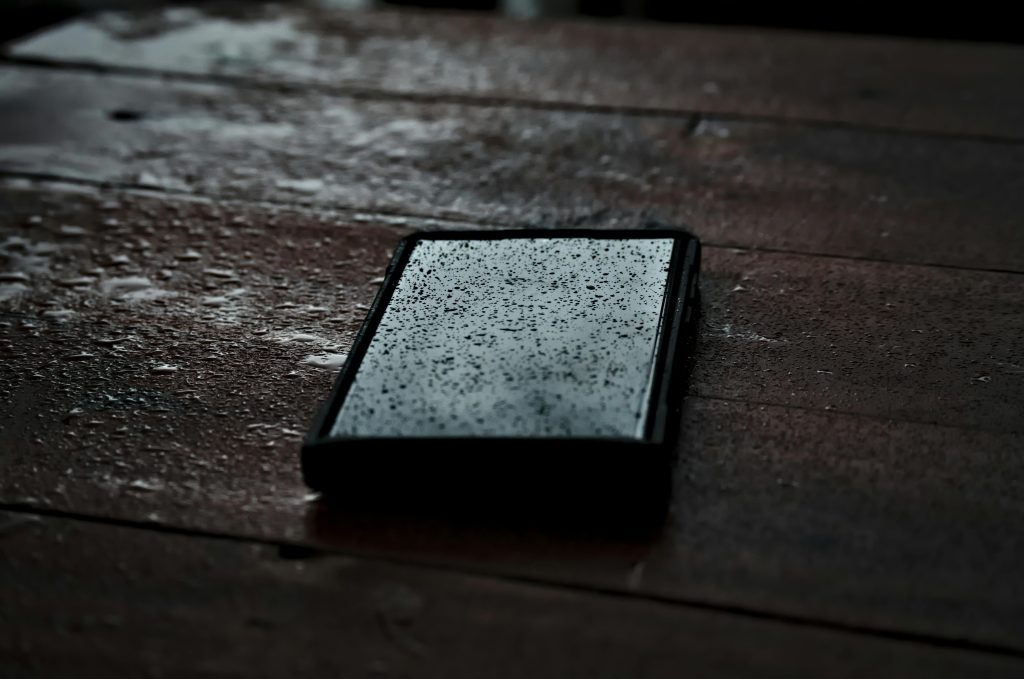
Pros:
- Engineered for stability
- More uniform properties
- Resistant to swelling
Cons:
- Still vulnerable if exposed to standing water
- Adhesives may weaken over time under high MC
📌 Use moisture-resistant grades (e.g., MR MDF, WBP plywood) for humid zones.
Conclusion
Moisture isn’t just a background factor—it’s a central player in timber’s mechanical performance. Whether it’s a load-bearing beam, a decorative panel, or subflooring, moisture content can:
- Alter strength properties
- Impact fastening reliability
- Cause shrinkage and warping
- Lead to long-term failures if ignored
The takeaway? Always measure, monitor, and manage moisture content before using timber in construction or carpentry. By doing so, you ensure durability, safety, and long-term value in every wood-based project.
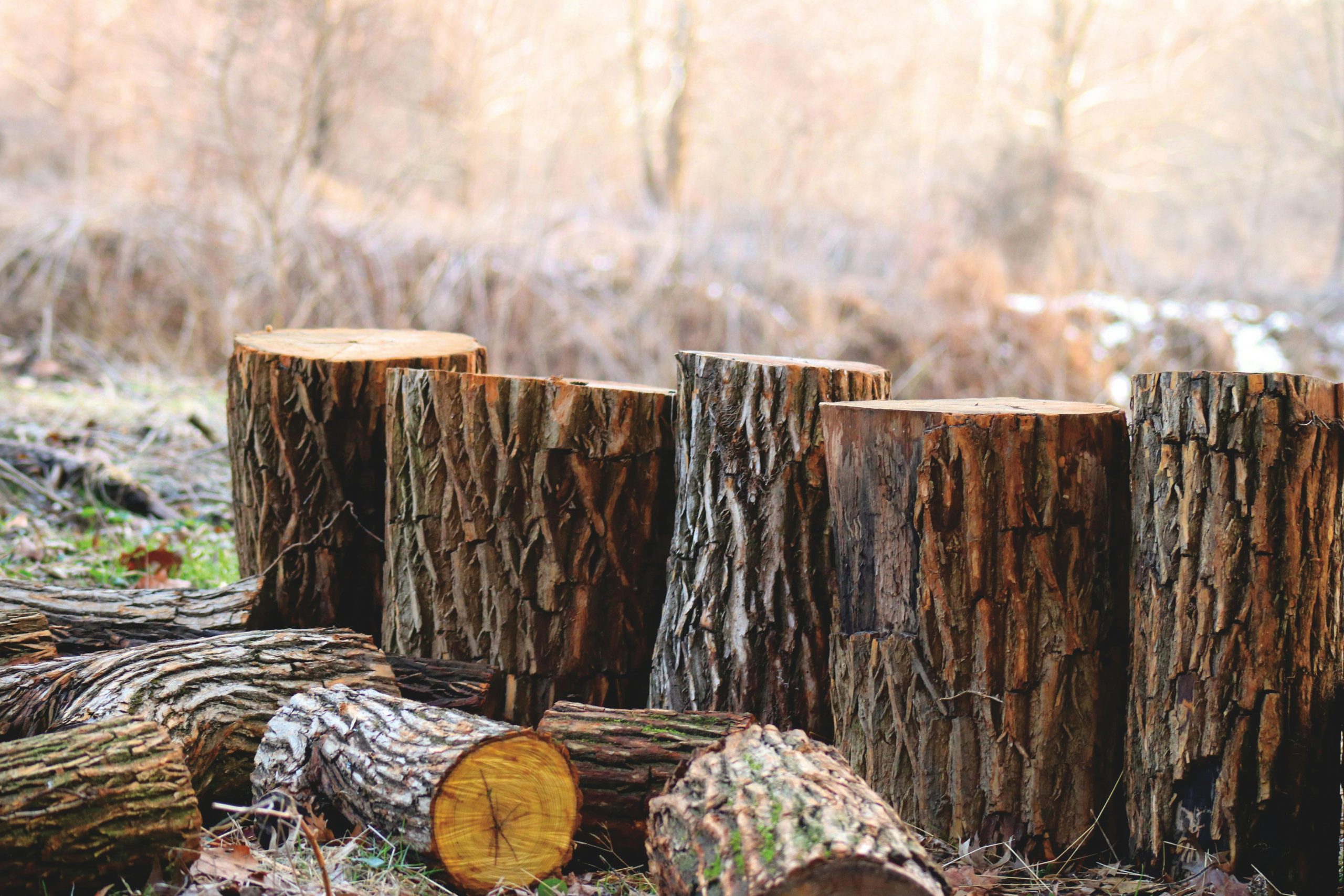

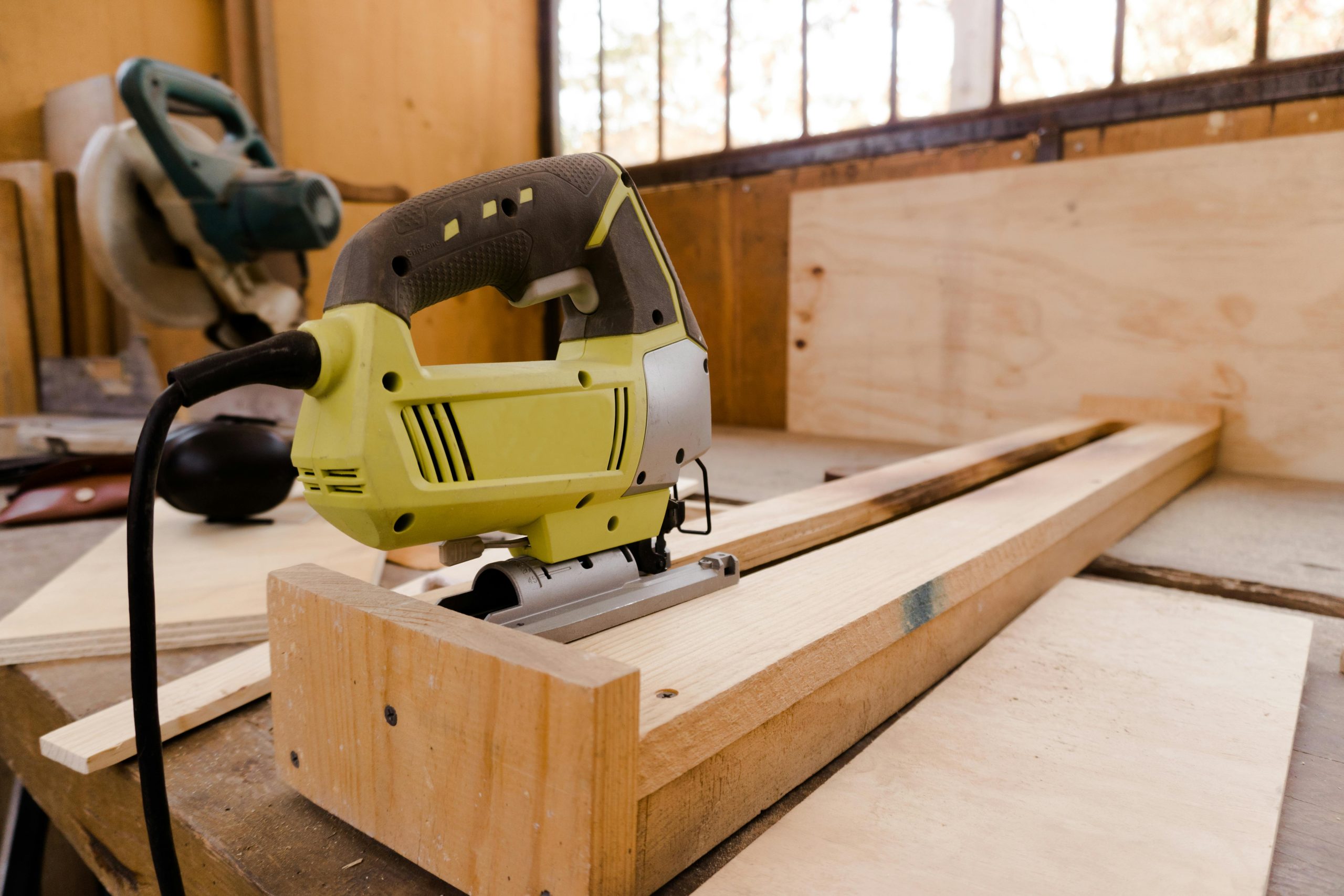
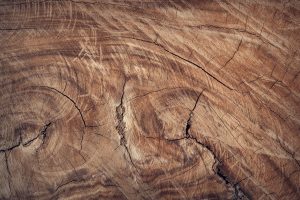

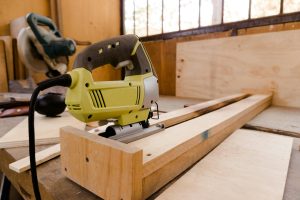

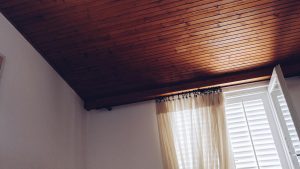
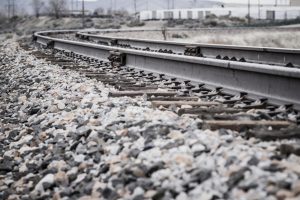


Post Comment